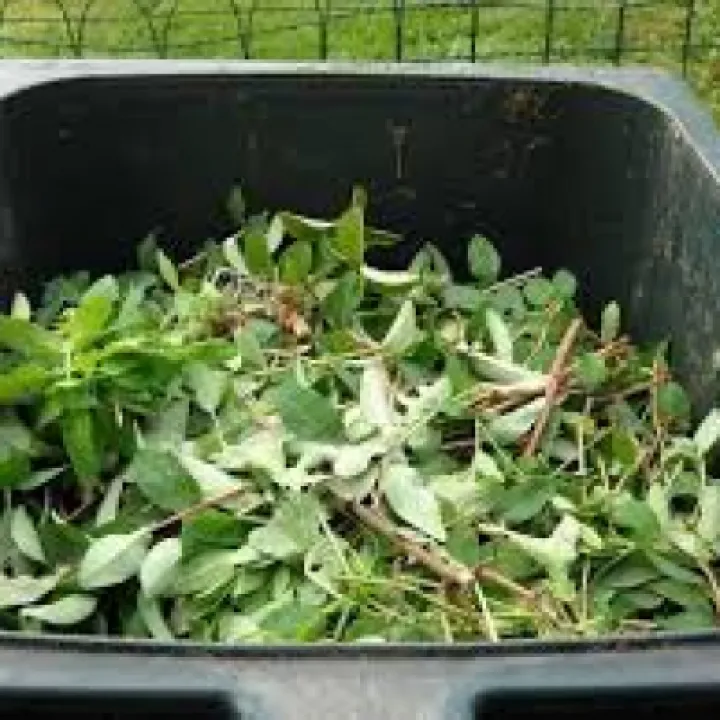The Primrose and the Cowslip.
Woodland Flowers.
Both of these flowers are firm favourites amongst woodland flowers and we are fortunate to have good (and increasing) displays of them in Tarvin Community Woodland. The two flowers provide an early source of nectar for various insects including bees, beetles and butterflies and, while having different appearances, are actually closely related. And they are unlikely to be confused because, while primrose flowers are broad and sit lower to the ground, those of cowslips are bottle-shaped and stand atop their long stalk.
Primrose (Primula vulgaris) – the vulgar (or common) primrose.
The name of this lovely, yet unostentatious flower comes from the Latin prima rosa. It means the 'first rose' of the year – despite the fact that it is in no way related to any member of the Rose family! It is easy to see similarities though, because the primrose flower does somewhat resemble a smaller version of a dog rose, although having flower colours that vary from pale cream to deep yellow.

Primroses are low-growing plants with rough, tongue-like leaves that grow in a rosette. Their flowers are large and creamy, with deep yellow centres, and often appear clustered together close to the ground. A hardy little plant, the Primrose can flower from as early as December in mild years, thereafter appearing all the way through the spring until May. It is found wild in woodland clearings, hedgerows and grassland habitats, and is a favourite amongst the cottage garden plants, although preferring damp, clayey soils.
Primroses were the favourite flowers of the late Prime Minister Benjamin Disraeli – Queen Victoria is said to have sent him bunches regularly and, since Victorian times, April 19th (the day of his death) has been known as 'Primrose Day' in his honour. Bunches of primroses are regularly placed both at the foot of Disraeli's statue in Westminster Abbey and upon his grave at Hughenden in Buckinghamshire.
It is a flower frequently mentioned in literature; for instance:-
"And in the wood, where often you and I,
Upon faint primrose-beds were wont to lie..."
William Shakespeare – A Midsummer Night's Dream
Cowslip (Primula veris) – the spring Primrose.
The Latin name seems decidedly odd, since ALL primroses grow in the spring! The name cowslip comes from the Old English word, cu-sloppe, (meaning a cow pat): an unflattering name that reflects their past association with meadows grazed by cattle. They were formerly a common plant in such traditional meadows, ancient woodlands and rural hedgerows and they were picked in profusion across the country for many celebrations. As agriculture has advanced, the loss of these habitats has caused a serious decline in Cowslip populations and, nowadays, fields coloured bright yellow with the nodding heads of Cowslips are a very much rarer sight. Cowslips were one of the wild flowers that were particular favourites of our founder, Jim Grogan, who, many years ago, was instrumental in their introduction to our woodland, in the hope that a swathe of nodding yellow cowslip heads might again be seen in Tarvin.

The Cowslip plant may look similar to a Primrose in displaying a rosette of green, crinkly, tongue-like leaves, low to the ground, but its flowers are quite different. They are egg-yolk-yellow coloured and a tube-like shape; clustered together at the ends of tall, upright, green stems.
Cowslips are closely associated with a great deal of English folklore and tradition, including garlands for May Day adornment and their being strewn on church paths for weddings.
According to some stories, forest fairies will use cowslips as a hiding place. That is why these plants are also known as Fairy Cups. The cowslip is also known as Herb Peter or Keys of Heaven. According to the legend, cowslips appeared from the ground on which St. Peter dropped the keys of heaven.
The plant was traditionally used to treat sleeping problems as it is said to have a sedative quality, as well as the flowers being used to help treat coughs. Cowslip leaves are used in Spanish cooking and have a slightly citrus-type of flavour. The flowers are traditionally used to flavour English country wine.
Quick Links
Get In Touch
TarvinOnline is powered by our active community.
Please send us your news and views.






